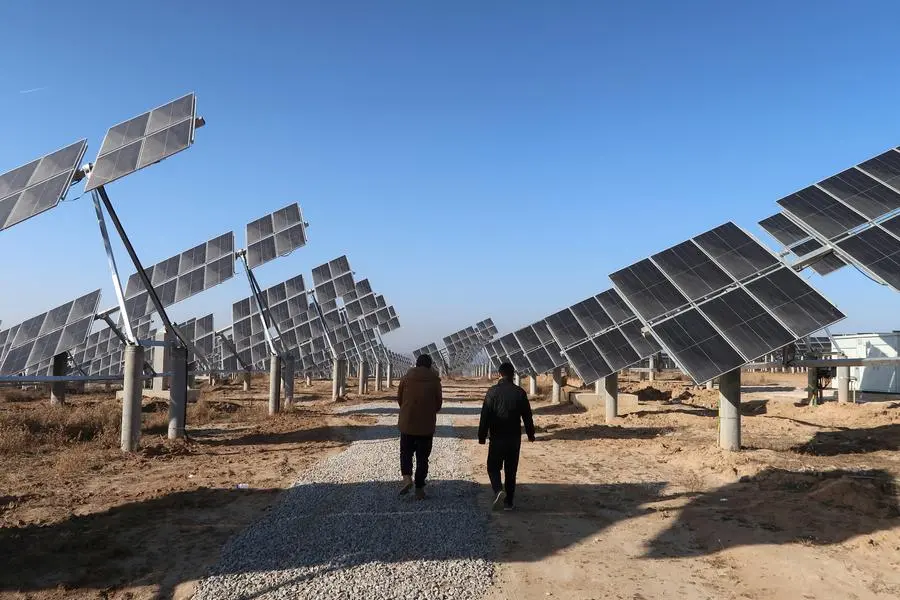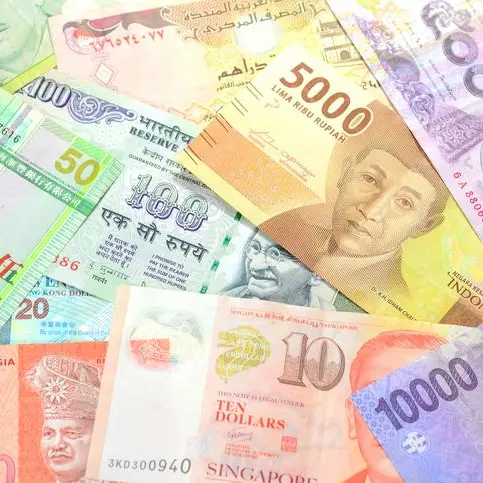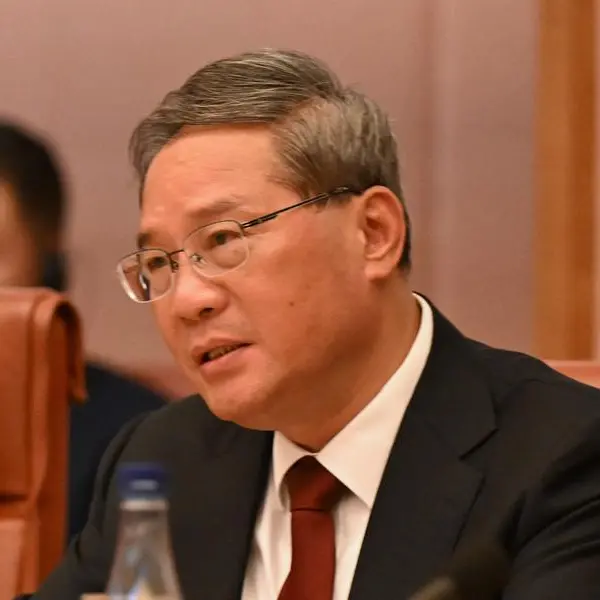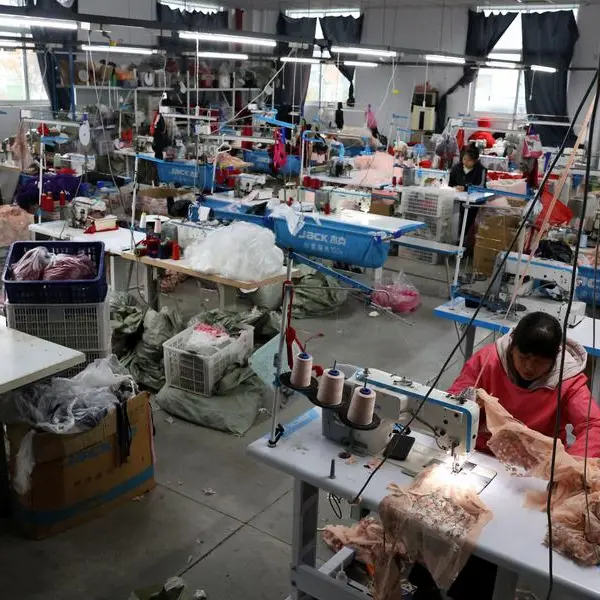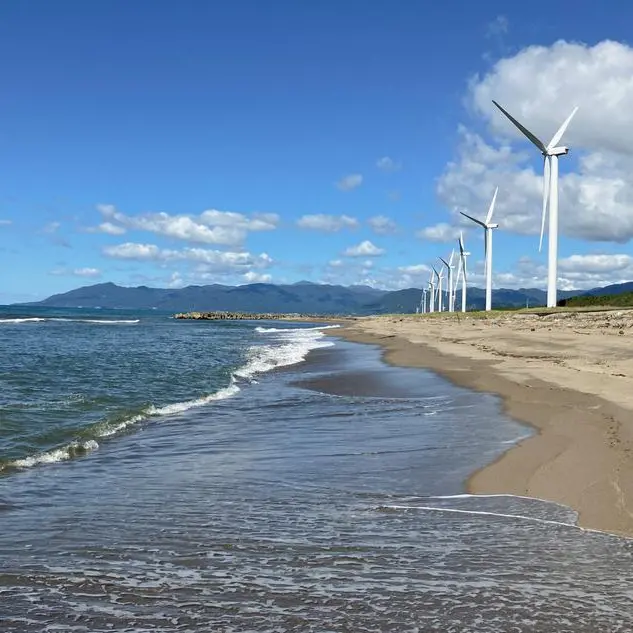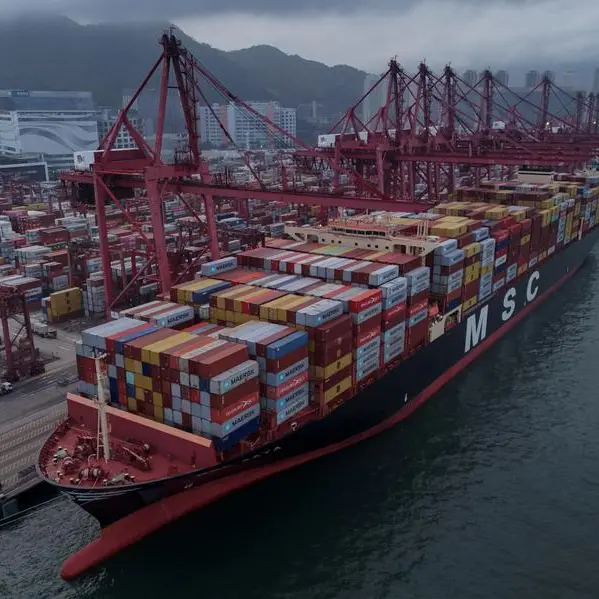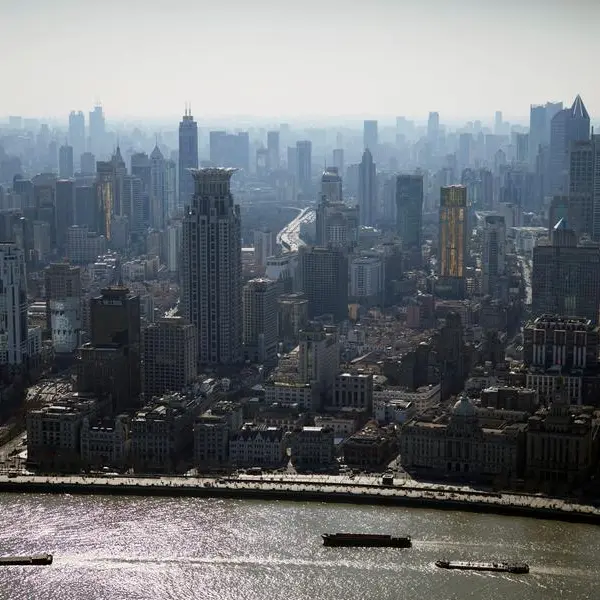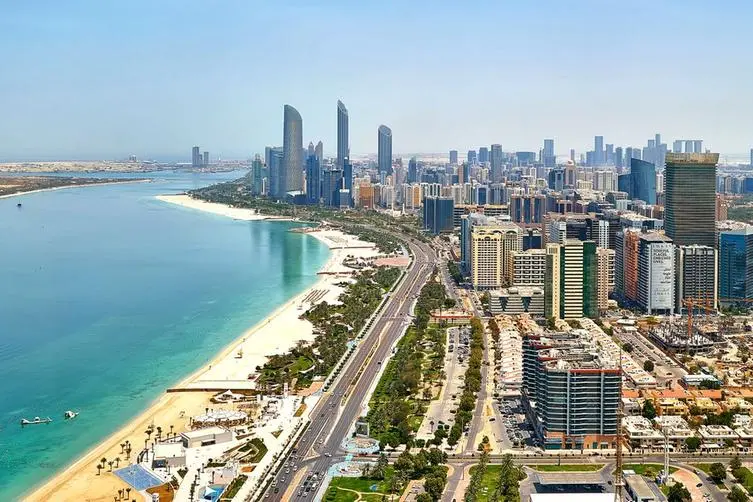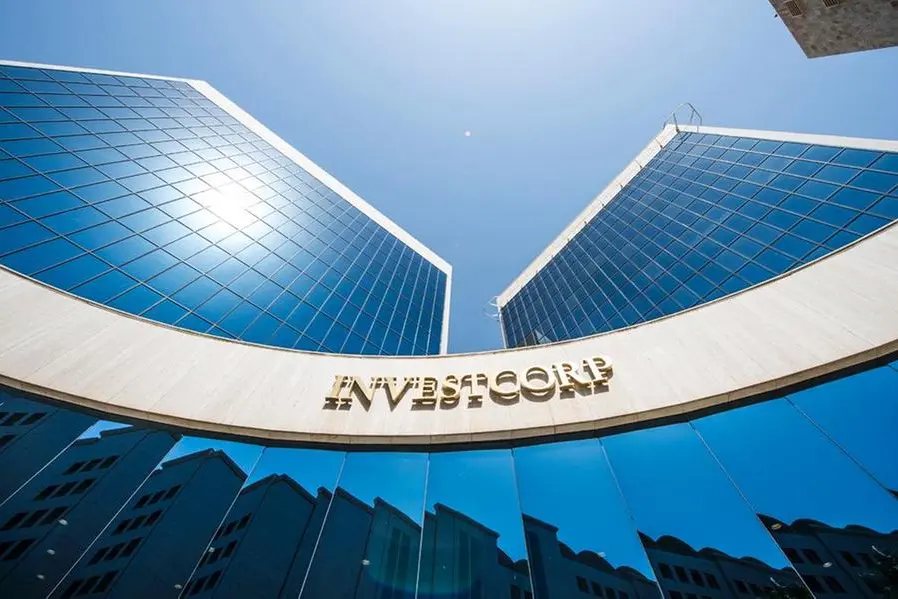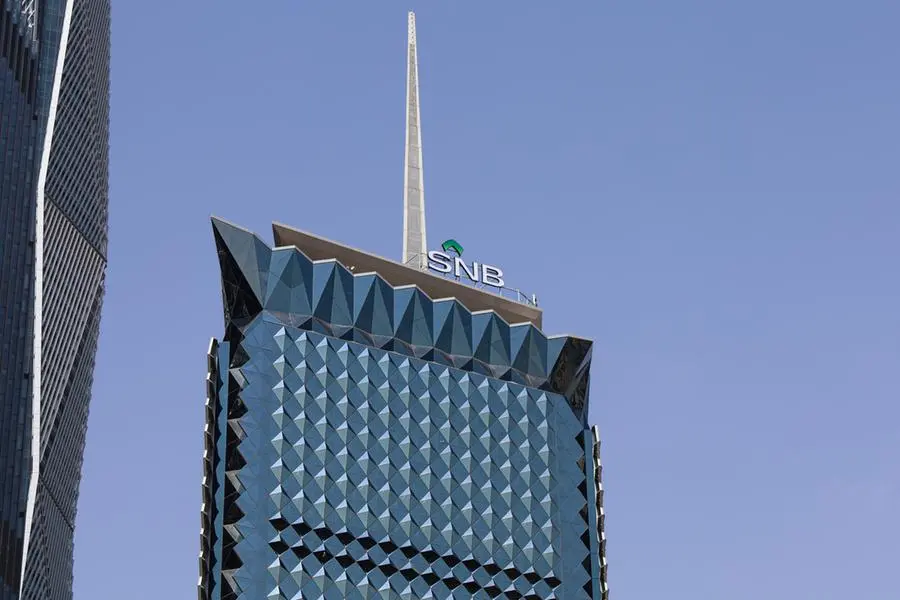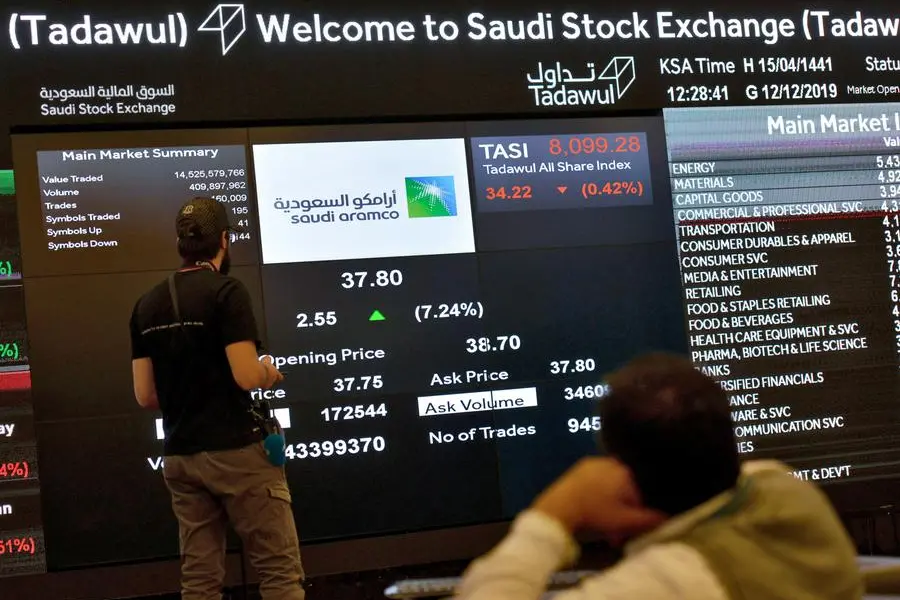PHOTO
Workers walk at a solar power station in Tongchuan, Shaanxi province, China December 11, 2019. Picture taken December 11, 2019. REUTERS/Muyu Xu
China's breakneck build-out of solar power, fuelled by rock-bottom equipment prices and policy support, is slowing as grid bottlenecks pile up, market reforms increase uncertainty for generators, and the best rooftop space runs short.
Last year, China expanded its solar fleet by 55%. The momentum continued through the first two months of 2024, but in March new solar build fell 32% year-on-year to the lowest level in 16 months, official data and Reuters calculations show.
The country's solar power expansion is slowing due to tighter curbs on supplying excess power from rooftop solar into the grid and changes in electricity pricing that are denting the economics of new solar projects.
Forecasts show China's solar build this year will be heavily outpaced by growth in its photovoltaic (PV) module manufacturing capacity, raising the prospect the country will export more solar panels despite a trade backlash in Europe and the U.S.
The main factor slowing the expansion of distributed solar - installations built near the point of use, mostly on rooftops - is that there is not enough storage or transmission capacity to soak up the excess power generated when the sun is shining.
That in turn is leading regulators to take away some of the price support that led to the rapid growth of distributed solar.
"In the next couple of years, this is going to be a huge problem that all provinces will face as grids are oversaturated, the infrastructure is overwhelmed," said Cosimo Ries, an analyst with Trivium China, a policy research group.
The problem has hit several regions that were heavy adopters of distributed solar, which made up 42% of the national solar fleet last year, but is especially acute in provinces such as Shandong in the north.
State broadcaster CCTV said up to 50-70% of distributed solar generation is being curtailed in Shandong, which means grid managers have had to stop that amount of supply coming into the grid in order to maintain balances with demand.
China has tried to limit curtailment of renewable energy to 5%, in line with rates of 1.5-4% in most big markets, according to the International Energy Agency.
But in a survey of six provinces' ability to absorb distributed solar, China's energy regulator last year found five expected to have to impose restrictions on new projects in 2024.
Hebei and Henan provinces - two of the "three big drivers" of distributed solar along with Shandong - have already seen an "absolute collapse" in installations, Ries said. "These two provinces are very worrying."
In November, Henan province directed companies and local regulators to come up with action plans to increase grid capacity to support the "healthy development" of distributed solar.
State planner the National Development and Reform Commission did not respond to a faxed request for comment, and its Henan and Hebei offices could not be reached. The North China Energy Regulatory Bureau declined to comment and the Henan energy regulator did not respond.
FORECASTS DIVERGE
China's rapid solar rollout has put it on track to meet its renewable goals years ahead of schedule, with installed solar capacity of 655 gigawatts (GW) as of March, the most in the world by far, well ahead of second-placed United States with upwards of 179 GW at the end of 2023.
But forecasts for the solar rollout this year vary sharply. S&P Global Commodity Insights expects new installations to rise 4% in 2024 from 217 GW last year, saying first-quarter additions were stronger than expected even with the March drop-off, while Rystad analysts see a 6% increase.
In contrast, the China Electricity Council expects new installations to drop by 20% this year, while a Chinese PV industry association in February forecast they could fall 12%.
Lagging grid investment and uncertainty created by ongoing electricity market reforms loom as challenges, said Holly Hu, S&P Global Commodity Insight's principal analyst for clean energy tech.
The country's solar surge was facilitated by government support that encouraged an explosion in equipment manufacturing that has crushed global solar panel prices, prompting complaints from trading partners.
For this year, analysts expect China to add 500-600 GW of PV module production capacity, a 60-70% increase, well above growth in solar projects.
That would force manufacturers to export even more to markets such as Europe and the U.S., which doubled tariffs on cells used to make solar panels from 25% to 50%.
PRICING CHANGE FALLOUT
Renewable generators previously enjoyed a guarantee that grid operators would buy nearly all of their power at a rate tied to the coal index. That guarantee was lifted on April 1 and took effect earlier in some places, three industry experts said.
Now, renewable generation is increasingly subject to less favourable market pricing.
Shenhua Energy, a state-run coal and power firm, said in its first-quarter report that prices for its solar power fell 34.2% year-on-year to 283 yuan per megawatt-hour (MWh), while its coal power prices fell just 2.4% to 406 yuan per MWh.
Wang Xiuqiang, a researcher at consultancy Beijing Linghang, attributed the lower solar prices and profitability to a higher proportion of market-based pricing.
At the same time, grid companies are dialling back the 5% curtailment limit, "creating the risk for project owners that their generation might not be bought", said David Fishman of Shanghai-based energy consultancy the Lantau Group.
Curtailment for Huaneng Power International, a major state-owned generator, rose to 7.7% in the first quarter from 3.1% a year earlier, Jefferies analysts said in a client note, citing Huaneng management.
In a further challenge, the easiest-to-site projects have already been largely developed, said Shi Lida, research manager at Yongan Guofu Asset Management. At sites still available, rooftops may need to be reinforced, grid connections may be limited, or hours of sunlight may be short.
"If your costs don't continue to fall, the investment will not be cost effective," Shi said.
(Reporting by Colleen Howe and Beijing newsroom; Editing by Tony Munroe and Sonali Paul)
